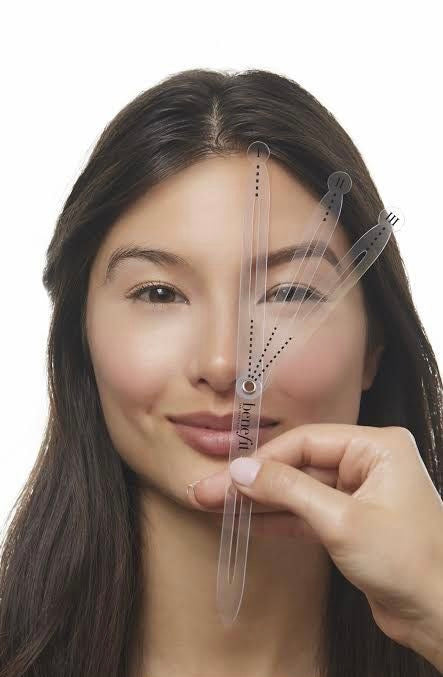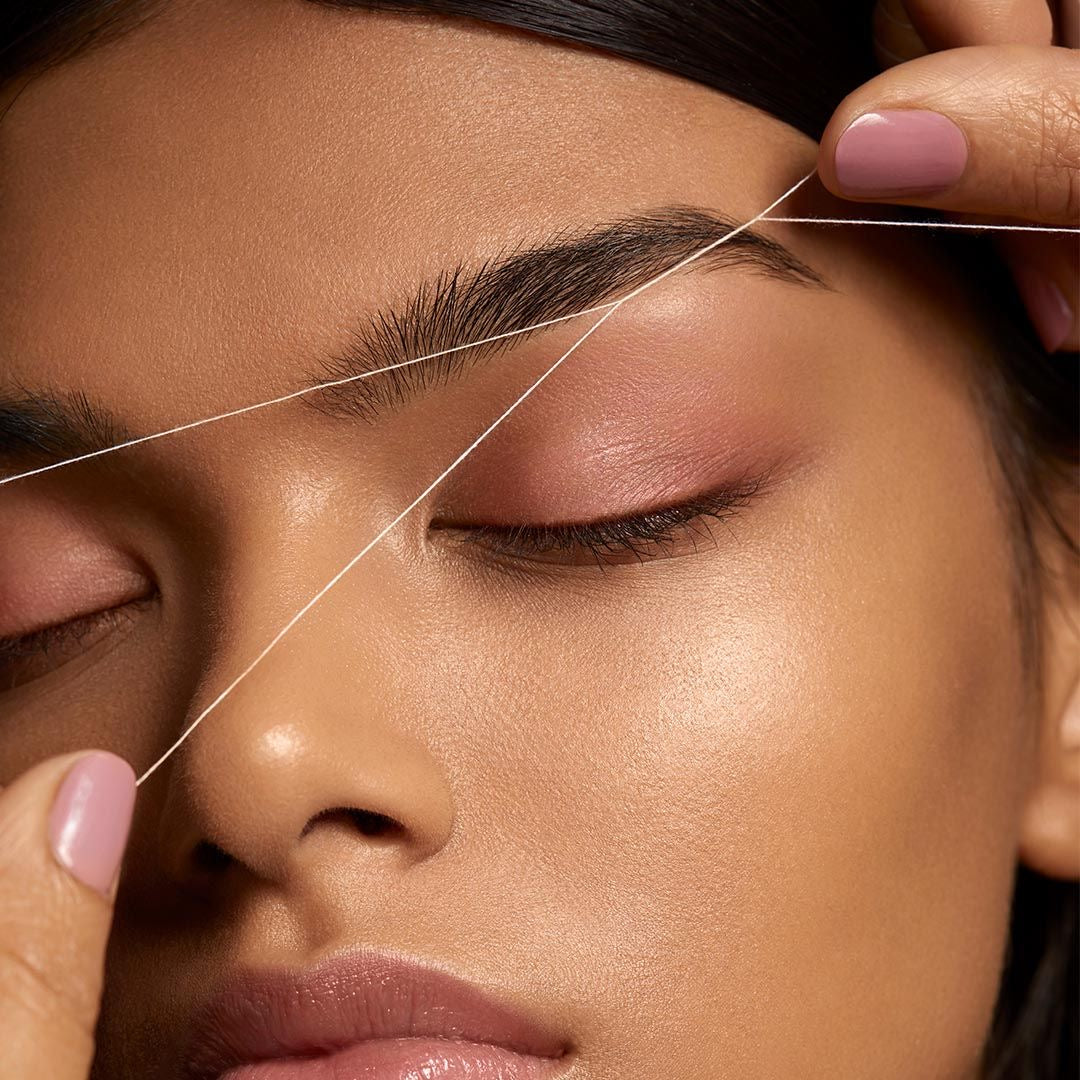The Art of Symmetry: Techniques for Beauticians to Create Balanced Eyebrows
·

·
Achieving symmetry in eyebrows is a coveted skill among beauticians, as it enhances facial harmony and accentuates one's features. Crafting symmetrical eyebrows requires precision, an understanding of facial structure, and the ability to tailor techniques to each individual's unique features. Here's a comprehensive guide for beauticians on creating balanced and symmetrical eyebrows:
1. Understand Facial Symmetry:
Begin by analysing the client's facial structure. Assess the symmetry of their features, considering the distance between the eyes, the arch of the brow bone, and the shape of the face. Recognise that perfect symmetry may not always be achievable due to natural variations in facial features.
2. Consultation and Client Communication:
Engage in a thorough consultation with the client to understand their preferences, facial asymmetries, and desired eyebrow shape. Communication is key—clarify expectations, discuss realistic outcomes, and address any concerns the client may have about their brows.
3. Mapping and Measurements:
Use precise measurements and mapping techniques to ensure symmetry. Employ tools like eyebrow stencils, eyebrow pencils, or microblading rulers to mark key points—beginning, arch, and end of the brow. Measure the distance between each point to maintain balance.
4. Customisation and Individualisation:
Tailor the eyebrow shape to complement the client's unique facial features. Adjust the arch, length, and thickness of each eyebrow to suit the client's bone structure, eye shape, and natural eyebrow growth pattern.
5. Techniques for Symmetry:
Waxing or Threading: Use precise techniques to shape the brows, ensuring both eyebrows follow the mapped guidelines for symmetry.
Tweezing: Remove stray hairs carefully, maintaining the mapped shape to create balanced brows.
Microblading or Brow Tattooing: Employ these techniques to fill in sparse areas and create symmetrical brows, ensuring meticulous attention to detail.
6. Follow Natural Brow Growth:
Work with the natural growth pattern of the client's eyebrows. Avoid over-tweezing or shaping too aggressively, as this can disrupt the natural symmetry and lead to imbalances.
7. Regular Maintenance and Educate Clients:
Advise clients on proper aftercare and maintenance to preserve the symmetry of their brows. Encourage regular appointments for touch-ups to maintain the desired shape.
8. Adapt and Adjust:
Understand that achieving perfect symmetry may not always be feasible due to asymmetrical facial structures. Focus on creating balance and harmony rather than absolute uniformity.
9. Continual Education and Practice:
Stay updated with the latest techniques and trends in brow shaping through continuous education and practice. Attend workshops, seminars, and training sessions to refine your skills.
Creating symmetrical eyebrows is an art that requires a keen eye, precision, and a deep understanding of facial symmetry. By employing mapping techniques, customising shapes, and utilising various grooming methods, beauticians can craft beautifully balanced eyebrows that enhance their clients' overall facial aesthetics and boost their confidence.
1. Understand Facial Symmetry:
Begin by analysing the client's facial structure. Assess the symmetry of their features, considering the distance between the eyes, the arch of the brow bone, and the shape of the face. Recognise that perfect symmetry may not always be achievable due to natural variations in facial features.
2. Consultation and Client Communication:
Engage in a thorough consultation with the client to understand their preferences, facial asymmetries, and desired eyebrow shape. Communication is key—clarify expectations, discuss realistic outcomes, and address any concerns the client may have about their brows.
3. Mapping and Measurements:
Use precise measurements and mapping techniques to ensure symmetry. Employ tools like eyebrow stencils, eyebrow pencils, or microblading rulers to mark key points—beginning, arch, and end of the brow. Measure the distance between each point to maintain balance.
4. Customisation and Individualisation:
Tailor the eyebrow shape to complement the client's unique facial features. Adjust the arch, length, and thickness of each eyebrow to suit the client's bone structure, eye shape, and natural eyebrow growth pattern.
5. Techniques for Symmetry:
Waxing or Threading: Use precise techniques to shape the brows, ensuring both eyebrows follow the mapped guidelines for symmetry.
Tweezing: Remove stray hairs carefully, maintaining the mapped shape to create balanced brows.
Microblading or Brow Tattooing: Employ these techniques to fill in sparse areas and create symmetrical brows, ensuring meticulous attention to detail.
6. Follow Natural Brow Growth:
Work with the natural growth pattern of the client's eyebrows. Avoid over-tweezing or shaping too aggressively, as this can disrupt the natural symmetry and lead to imbalances.
7. Regular Maintenance and Educate Clients:
Advise clients on proper aftercare and maintenance to preserve the symmetry of their brows. Encourage regular appointments for touch-ups to maintain the desired shape.
8. Adapt and Adjust:
Understand that achieving perfect symmetry may not always be feasible due to asymmetrical facial structures. Focus on creating balance and harmony rather than absolute uniformity.
9. Continual Education and Practice:
Stay updated with the latest techniques and trends in brow shaping through continuous education and practice. Attend workshops, seminars, and training sessions to refine your skills.
Creating symmetrical eyebrows is an art that requires a keen eye, precision, and a deep understanding of facial symmetry. By employing mapping techniques, customising shapes, and utilising various grooming methods, beauticians can craft beautifully balanced eyebrows that enhance their clients' overall facial aesthetics and boost their confidence.



